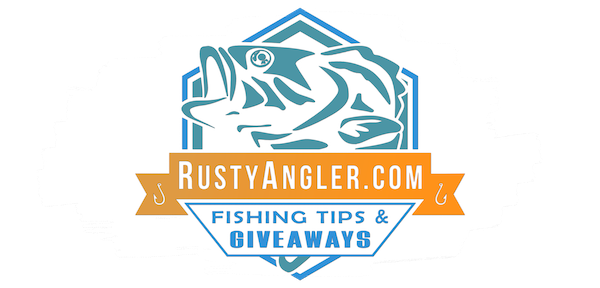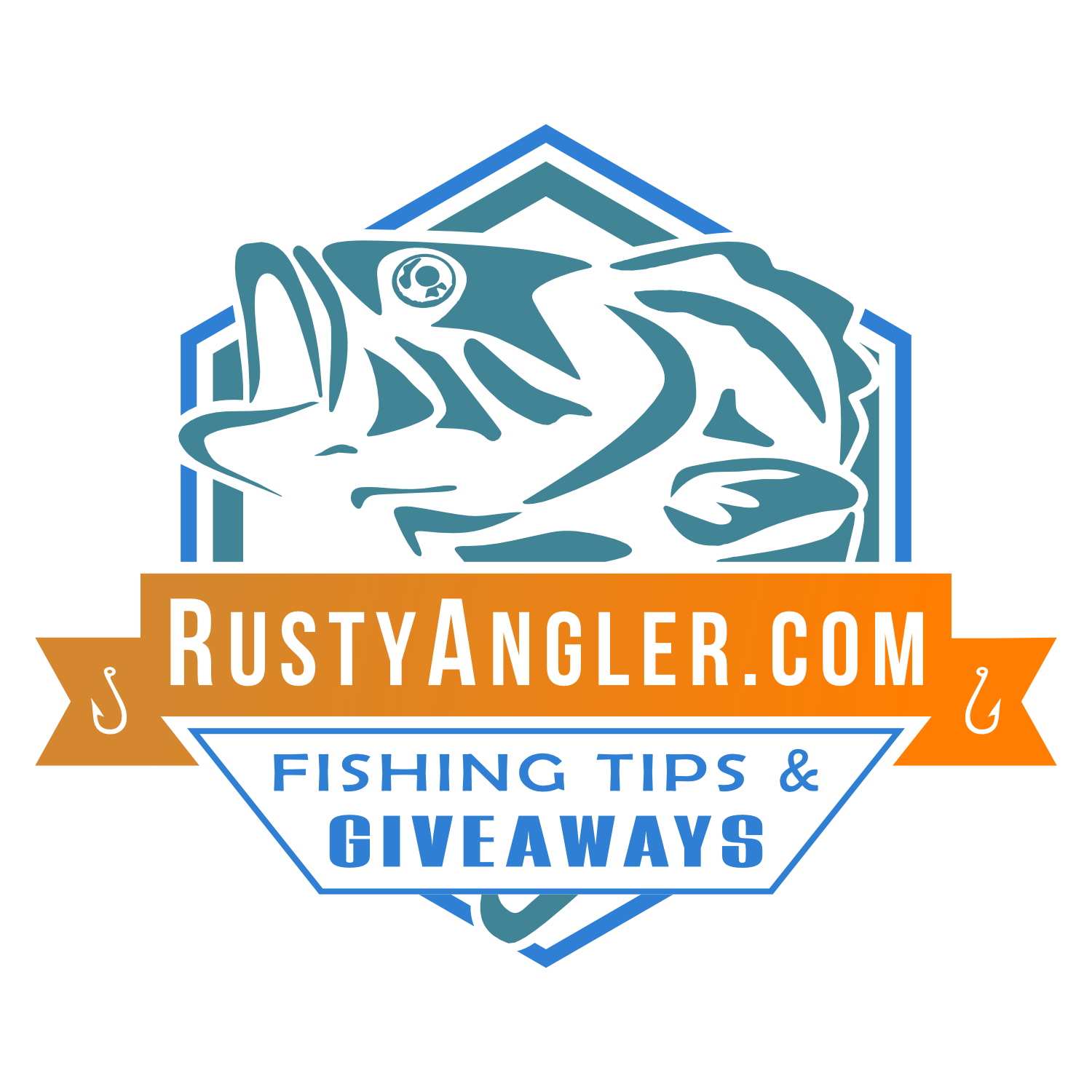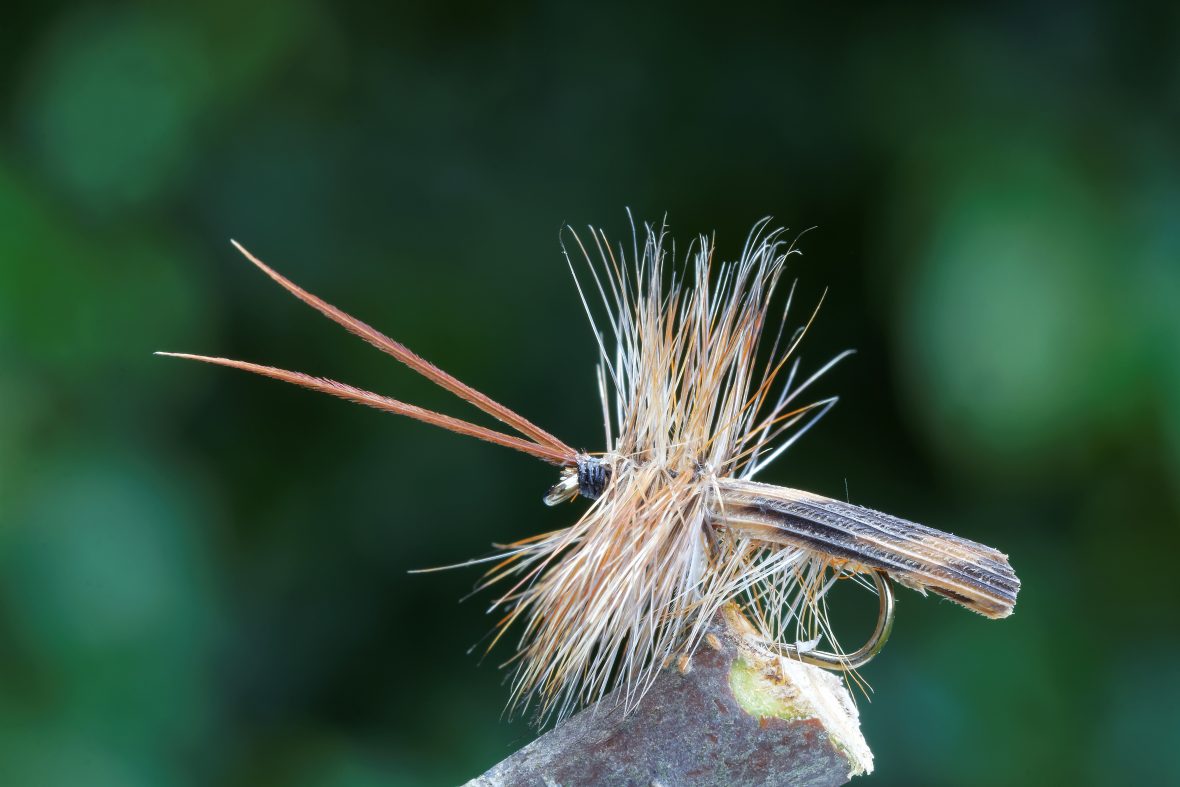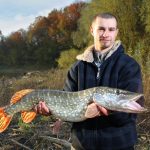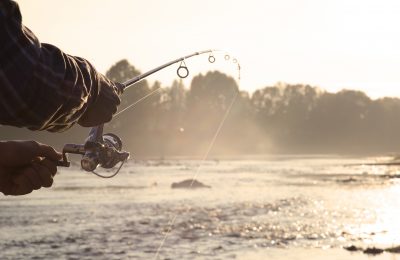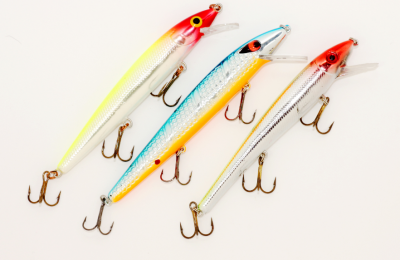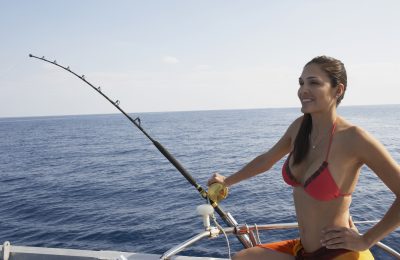Fly Fishing Techniques – Lay it on the line
Everyone knows the image, but not what types of fish to catch fly fishing. So let’s start there. The most renowned are trout and salmon.
However, fly fishing includes:
- Pike
- Bass
- Carp
- Panfish
There are even saltwater flies for redfish, tarpon, striped bass and more.
In short, while the primary target for most fly fishers are trout and salmon, any fish that surface feeds on insects and small animals falls under the category of what types of fish to catch fly fishing. Even chub and bream have been caught this way.
Heck, there are anglers who go fly fishing for mako sharks!
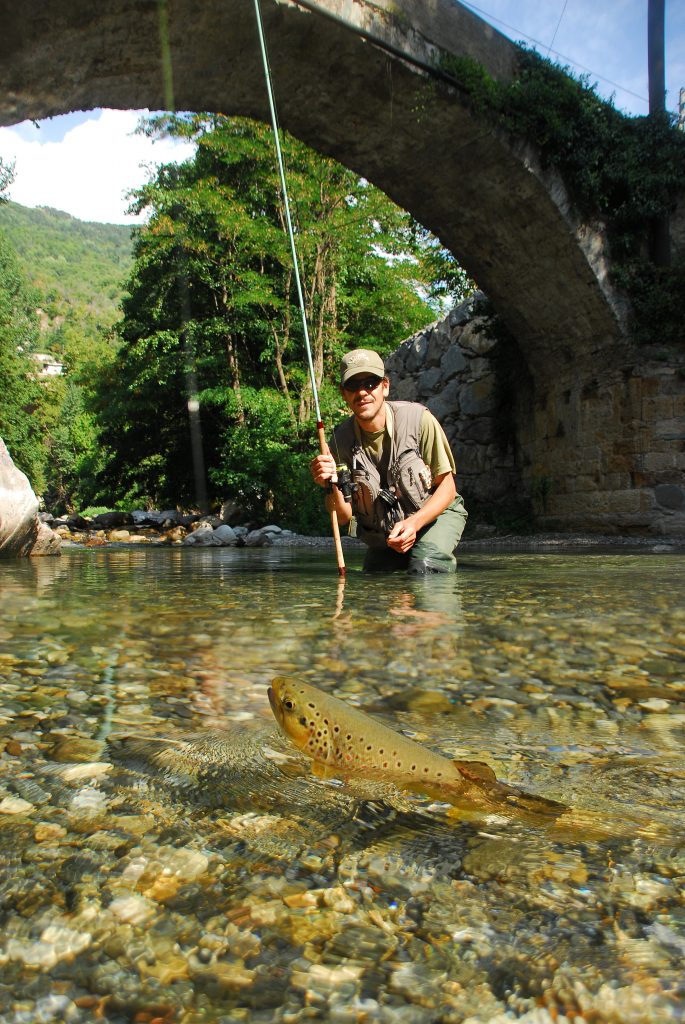 Fly fishing has been around for nearly 2,000 years. The first recorded use of a fly and fly casting rod was in the year 190 by the Roman author Claudius Aelianus. Every day since, for 2,000 years, someone has been trying to improve fly fishing techniques.
Fly fishing has been around for nearly 2,000 years. The first recorded use of a fly and fly casting rod was in the year 190 by the Roman author Claudius Aelianus. Every day since, for 2,000 years, someone has been trying to improve fly fishing techniques.
Fly fishing is known for its beauty and tranquility. The image of a man standing hip deep in a cold stream, the line of his fly rod billowing around as he goes for that rainbow trout is so iconic to Americana that Normal Rockwell painted the scene.
So the question isn’t what types of fish to catch fly fishing, but what gear is needed for different species and what fly fishing techniques are successful for your target prey?
Skating, dabbing, and rolling – Are we fishing or dancing?
There are a lot of techniques, but there are a few classics that everyone should master if they want to enter the world of fly fishing: the dead drift, skating, and dapping.
- Dry-fly drifting imitates the action of an insect that has become trapped on the water’s surface, or one that sits there, and drifts with the current. This sounds easier to do than it is.
Most of us were taught the line should straighten completely at the end of a cast. However, when dry flying, a cast must have slack. This allows the fly to take up slack as it drifts away.
Most of the time, this does not allow for a very long drift. Once a fish is rising, drop the slack cast just upstream of the fish’s location, and allow the fly to drift through the feeding lane.
- Skating has a long history. The older flies designed for this technique is known as “spiders.” They are tied on short-shank hooks with long, oversize hackles that cause the flies to bounce and skim on the water. Use the current drag to draw the fly across the surface, in a smooth pull or in stuttering twitches.
- One of the oldest and simplest techniques – often taught to beginners – is dabbing. Ideally suited to situations with no casting room, stay a rod-length back from the water. Lower the fly to the surface, let it drift a few inches, then pick it up and set it down again.
This dabbing movement perfectly mimics the behavior of an egg-laying caddis or mayfly. Listen and feel for the strike. This allows you to get a fly into otherwise unfishable spots.
Gear up and get fish
Often, the fly fishing gear and fly fishing flies are species specific. There’s a reason we all think of the old-timer hand-tying his flies for that perfect look and feel. While a fly fishing rod and fly fishing reels are specific to the style of fishing, the real trick is the fly.
Want to catch carp? Use unweighted flies that can slowly drift and sink to catch the carp’s attention. Bluegills or jacks? Soft flies and poppers are a must. If you’re in saltwater going for bluefish, striped bass, or redfish, then use a minnow fly.
Northern pike are some of the most aggressive and fun fish to catch, but if you’re going out into the frozen north, be prepared with big flies, strong leaders – wire not monofilament – and fly fishing line that can take the strain of a fighting pike. Check out some of the most underappreciated species for fly fishing.
In addition, there are a lot of chum salmon in the waters that northern pike inhabit. It’s an unfortunate rookie mistake that beginning anglers make when they only bring gear for their target fish and forget about the others in the same stream.
If fly fishing for bass, bring some twister jigs for the walleyes that abound in the same area. They are feisty, put up a good fight, and are fun to catch. And yes, walleyes will go for flies, not just live bait.
Finally, don’t forget “Mr. White,” aka whitefish. Often caught by accident when going for trout, these fish are tasty, easy to hook, and can save a day of troutless fishing by bringing home a meal.
What’s knot to like?
Finally, it wouldn’t be a fly fishing article if we didn’t talk about knots. Fly anglers are obsessed with knots. The right knot can make the difference between a caught fish and an empty, wet, fly.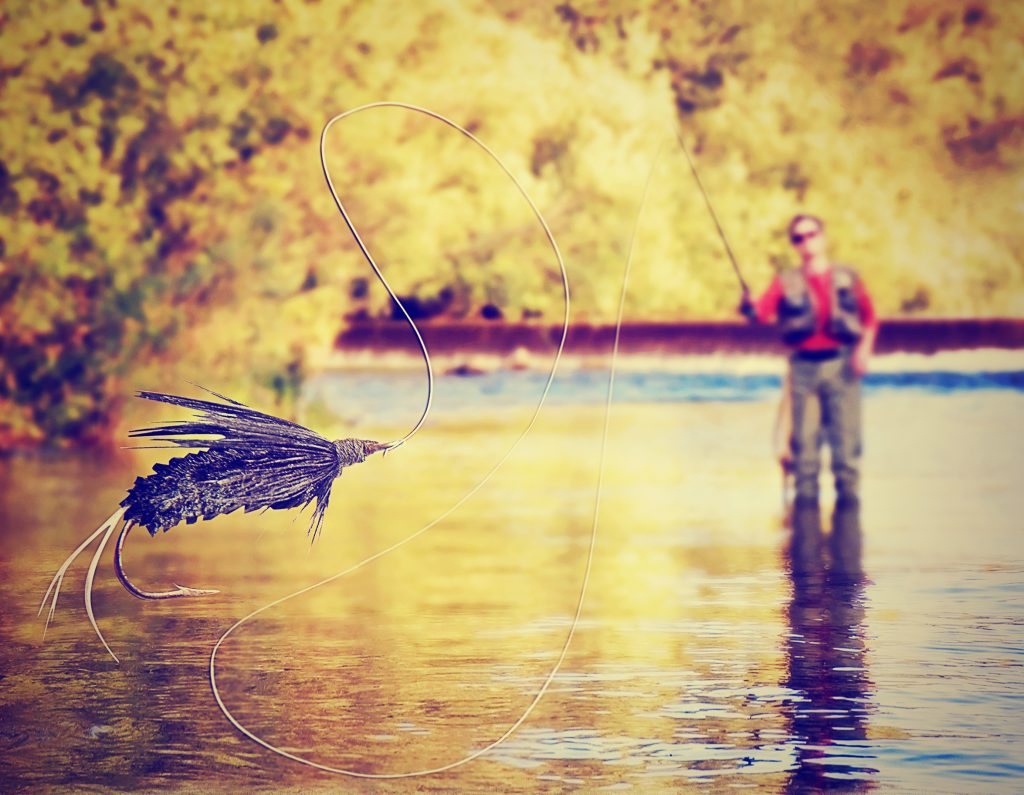
Make sure and tie the leader properly, allowing for secure positioning while leaving room for movement. While there are lots of pre-made leader attachments, nothing beats a good, personal tie. It will take some time, but find an old salt who can teach you the ropes.
After mastering leaders and lines, look into flies and tying equipment. Bringing home that basket of rainbow trout is great. Knowing you caught them on a hand-tied fly is magical.
Fly Free – Promotions and giveaways
There’s a lot of options when it comes to fly fishing gear and supplies. Here at the Rusty Angler we believe in fishing giveaways, fishing sweepstakes, and fishing promotions. While a fishing giveaway might land you some free swag, I’m a firm believer in promotions.
Companies have fishing promotions all the time to attract new buyers and to get new gear and equipment out into the public. Companies are willing to give fantastic promotional deals to get solid word of mouth promotion.
So take advantage of that and check for free and reduced gear before going to a company’s website and pay retail.
That’s all for now. As always, get your rod, reel, get your Rusty Angler fantastic deal, and get out there on the water. Happy fly fishing!
